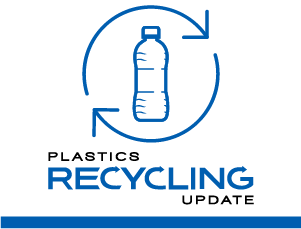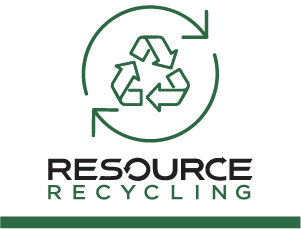Industry Announcements for Week of December 8
FROM RESOURCE RECYCLING: CalRecycle received notice from dealer cooperative Circular CRV Association of changes to its stewardship plan, including updates to dealer members and redemption sites. British Columbia's Coast Waste Management Association featured Chloe Dubois of the Ocean Legacy Foundation and Peter Grant of Salt Spring Island Community Services in Legends & Prospects interviews. Illinois launched its PaintCare stewardship program,...









